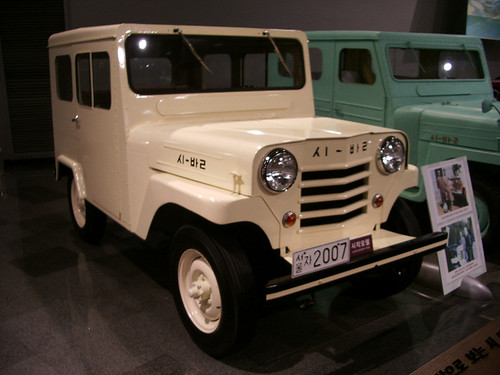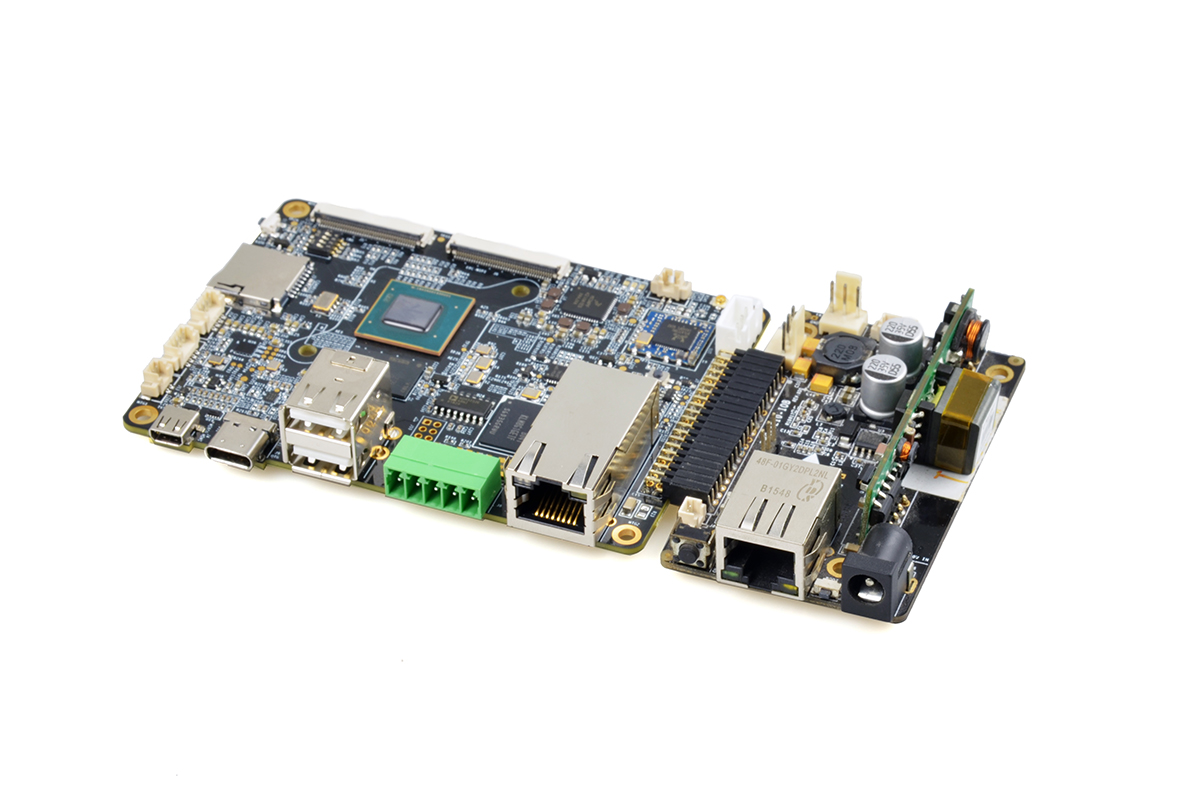
The 1980s marked a transformative period for the automotive industry, where the shift from gas-guzzling vehicles to more fuel-efficient cars challenged manufacturers to rethink design and engineering entirely, resulting in some unforgettable failures.

1. **1980 General Motors X-Cars**: GM’s ambitious launch of the X-cars, including the Chevrolet Citation and Buick Skylark, aimed to initiate a new wave of automotive innovation, but these models were riddled with serious issues such as poor build quality and hazardous brake failures. The backlash was overwhelming, and over a million frustrated owners became disillusioned with GM, affecting the company’s reputation for years to come.

2. **1980 Lada Riva / Nova / Signet**: Based on an outdated Fiat design, the Lada Riva emerged as a Soviet version of a car nobody desired, featuring outdated construction and zero safety ratings, making it a true disaster on wheels. Though it never officially entered the American market, it muddled through in Europe and Canada, barely scraping by with subpar quality and earning a notorious reputation for its dreadful crash test outcomes.
3. **1981 Chrysler Imperial**: Marketed as an ‘electronic marvel,’ the Chrysler Imperial was anything but. The car’s digital dashboard and electronic fuel injection systems were notoriously unreliable. Its hefty price tag and poor performance due to the additional weight of its design failed to justify the cost, making it a commercial failure.

4. **1981 DeLorean DMC-12**: With its eye-catching gullwing doors and sleek stainless steel body, the DeLorean DMC-12 captured public attention, but it ultimately fell short due to its poor performance and questionable build quality. These manufacturing missteps, coupled with its hefty price tag, led to financial chaos for the company and its founder, John DeLorean, turning what could have been a dream car into a cautionary tale.

5. **1982 Cadillac Cimarron**: Cadillac’s attempt to compete with European luxury compact cars by rebadging a Chevrolet Cavalier backfired disastrously. The Cimarron’s underpowered engine and lack of proper engineering time contributed to a subpar driving experience that significantly tarnished Cadillac’s brand image.

6. **1982 Renault Fuego**: Renault’s Fuego was intended to be a stylish sports car, but its lack of sporty performance due to soft suspension and weak engines rendered it ineffective. Paired with poor build quality and scarce parts, it was a car that failed to meet consumer expectations, leading to its quick discontinuation.
7. **1983 Alfa-Romeo Arna**: Born from a partnership between Alfa-Romeo and Nissan, the Arna unfortunately combined the least favorable aspects of both brands, resulting in a vehicle that was neither reliable nor impressive in performance. Its lack of appeal led to its swift discontinuation once Fiat gained control of Alfa-Romeo, signifying a critical miscalculation in automotive collaboration.

8. **1983 Chrysler Executive**: The Chrysler Executive attempted to repackage the K-Car as a limousine, adding weight to an already underpowered engine. With the economy on the rise and better alternatives available, it failed to find a market, resulting in a swift end to its production.

9. **1983 AMC-Renault Alliance/Encore**: The AMC-Renault Alliance and Encore were touted as the next big thing in affordable cars, but they quickly proved to be massive letdowns. Born from the partnership between AMC and Renault, these vehicles were plagued with issues such as shoddy build quality and underpowered engines. While the price point seemed attractive, the driving experience left much to be desired, and buyers soon turned away, leading to their swift exit from the market.

10. **1984 Ford Bronco II**: This compact SUV tried to ride the rising tide of the SUV trend, but the Ford Bronco II became infamous for its poor stability. With a tendency to tip over easily, it earned a reputation for being unsafe, causing its popularity to plummet. While it aimed to capture the adventurous spirit of off-roading enthusiasts, its safety record overshadowed any potential appeal, resulting in a costly lesson for Ford.

11. **1985 Yugo GV**: Introduced with much fanfare as an affordable, entry-level vehicle, the Yugo GV became synonymous with poor quality. Built on outdated Fiat technology, it was notoriously unreliable and underpowered, quickly earning a reputation as one of the worst cars of the decade. Although its low price might have enticed budget-conscious buyers initially, the ongoing mechanical issues soon led to its downfall.

12. **1986 Cadillac Allanté**: The Cadillac Allanté aimed to redefine Cadillac’s market position with a luxurious roadster boasting Italian aesthetics and American engineering. However, its intricate production methods and various technical problems severely impacted its launch, and being priced higher than its rivals without delivering the promised quality left it as a costly misstep for the brand.

13. **1987 Sterling 825**: Emerging as a luxury option from the collaboration of British Leyland and Honda, the Sterling 825 was expected to shine, but was quickly marred by reliability problems and inconsistent craftsmanship. Despite its appealing design, the numerous flaws caused its reputation to suffer, hastening its exit from the crowded automotive scene.

14. **1988 Eagle Premier**: Aimed at giving AMC a fighting chance in the sedan market, the Eagle Premier stemmed from a partnership with Renault, showcasing a modern design and features. Yet, it struggled with brand recognition and mechanical reliability, ultimately failing to resonate with buyers and becoming just another casualty of the unpredictable 1980s automotive world.

15. **1988 Chevrolet Celebrity**: Initially well-received, the Chevrolet Celebrity quickly lost its charm due to its uninspired design and mediocre performance as competition from foreign automakers surged. As its limitations became glaringly apparent, the Celebrity saw a decline in popularity, ultimately overshadowed by superior alternatives in the market.

16. **1989 Chrysler TC by Maserati**: Promising the allure of Italian luxury with American practicality, the Chrysler TC by Maserati faced an uphill battle from the start. While it featured a distinct design, its lack of performance and an identity crisis between luxury and sportiness failed to justify its high price tag. The confusion over its market position led to a lukewarm reception, marking it as a notable disappointment.

The 1980s were a crucial period in the automotive industry, teaching tough lessons through numerous failures. While many vehicles from this decade fell flat, their stories remind us of the challenges manufacturers faced, and how these misadventures significantly influenced the industry’s growth, paving the way for future innovations.
Related posts:
Worst Cars of the 1980s, Part 1
The Ultimate Guide
The Biggest Automotive Failures of All Time: 10 Cars That Promised Everything and Delivered Nothing





